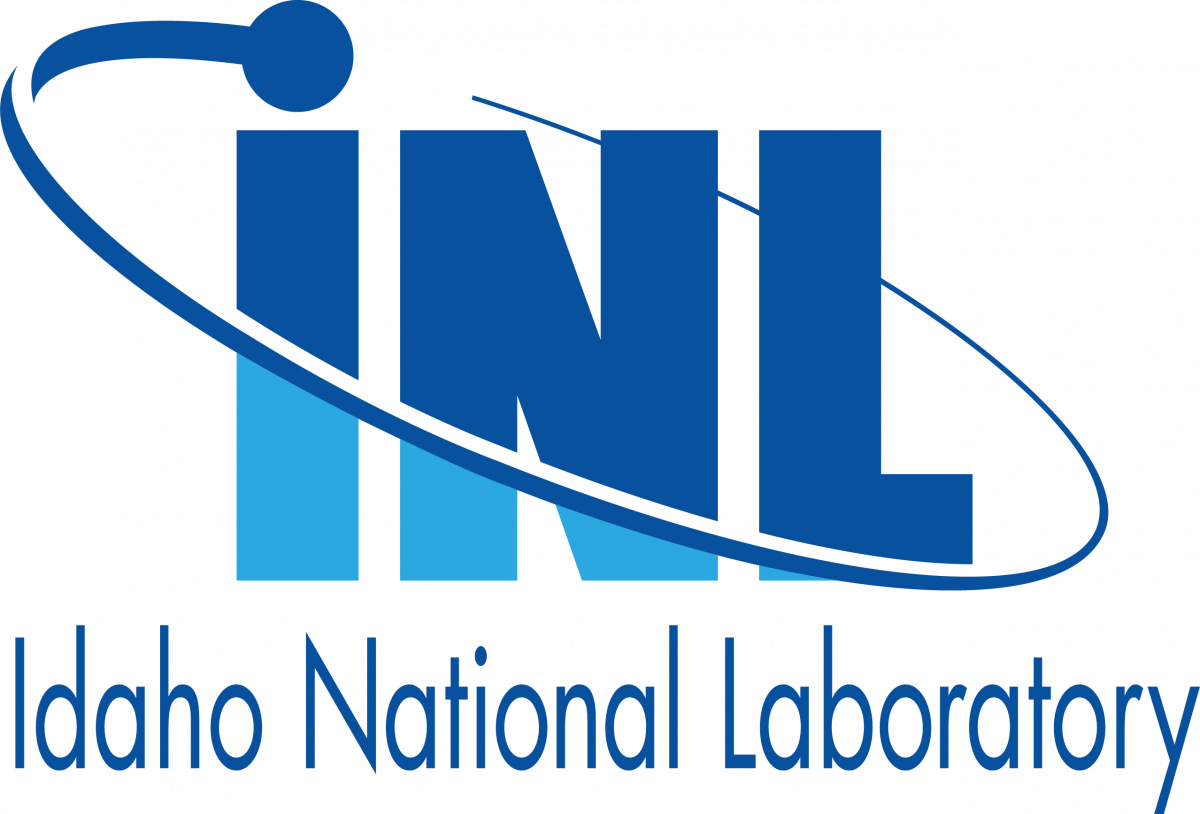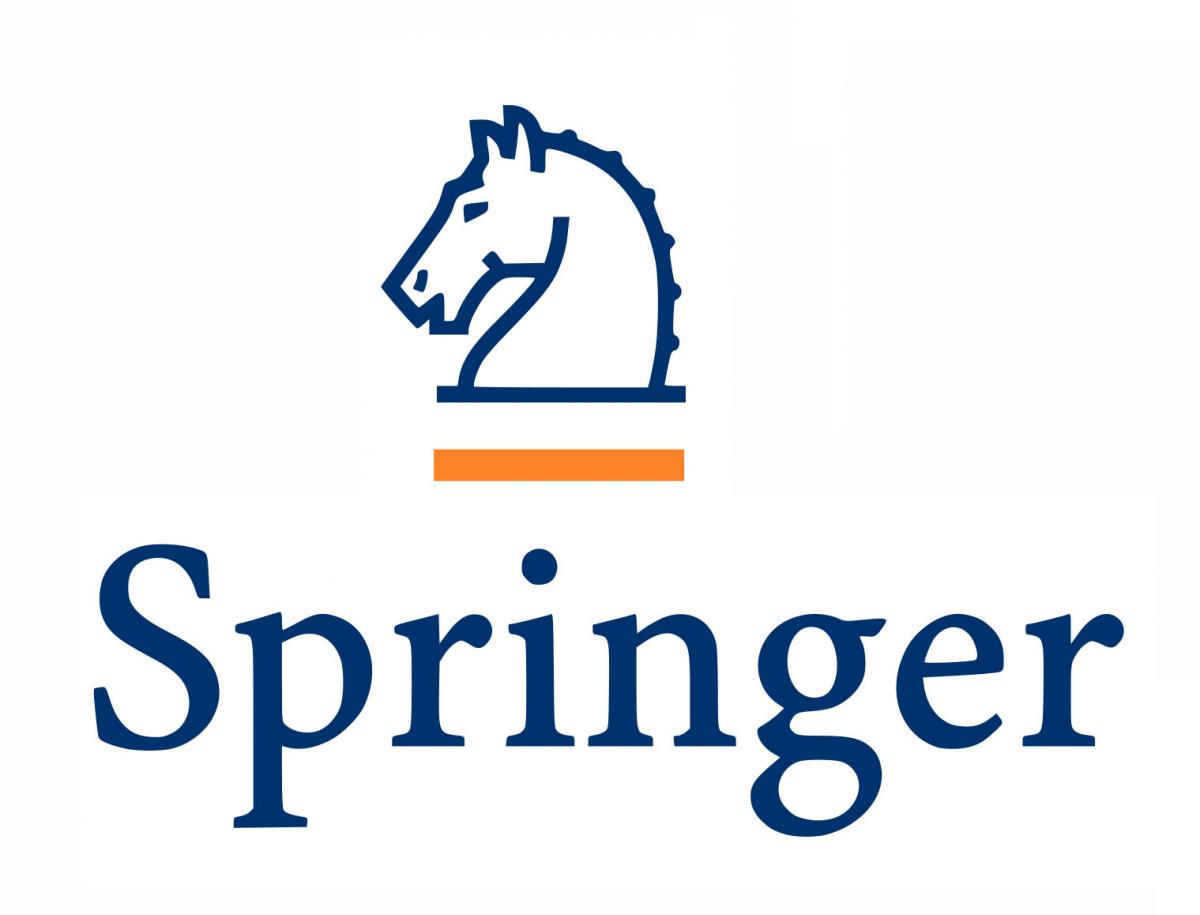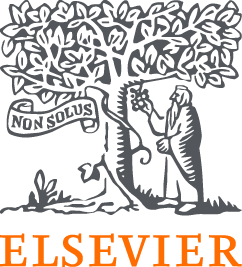Andrew Glaws, National Renewable Energy Laboratory
Joseph Cohen, University of Michigan
Zachary Grey, National Institute of Standards and Technology
Xun Huan, University of Michigan
Michael Schmidt, Sandia National Laboratories
Modeling nonlinear dynamical systems is critical to understanding and characterizing complex physical phenomena, ranging from climate and weather models, to energy systems applications, to quantum computing and smart manufacturing. Physics-based models provide the foundation for simulating these systems; however, comprehensive studies of the system dynamics generally require multiple evaluations of the model under different scenarios in order to perform uncertainty quantification, sensitivity analysis, optimization, or some other outer loop analysis. This is particularly difficult for high-dimensional industrial processes that lack intermediate observability and explainability, which has impeded the adoption and maturity of existing computational methods. In these cases, data-driven surrogates, machine learning enhancements, or model-based reductions can provide pathways to scaling expensive physics-based models to facilitate a more thorough exploration of the system. This minisymposium examines recent developments in data-driven methods for dynamical and industrial systems that improve exploration and interpretation. Emphasis is placed on how these methods can be applied to real-world examples of dynamical systems to enhance our understanding of the underlying physical phenomena.











